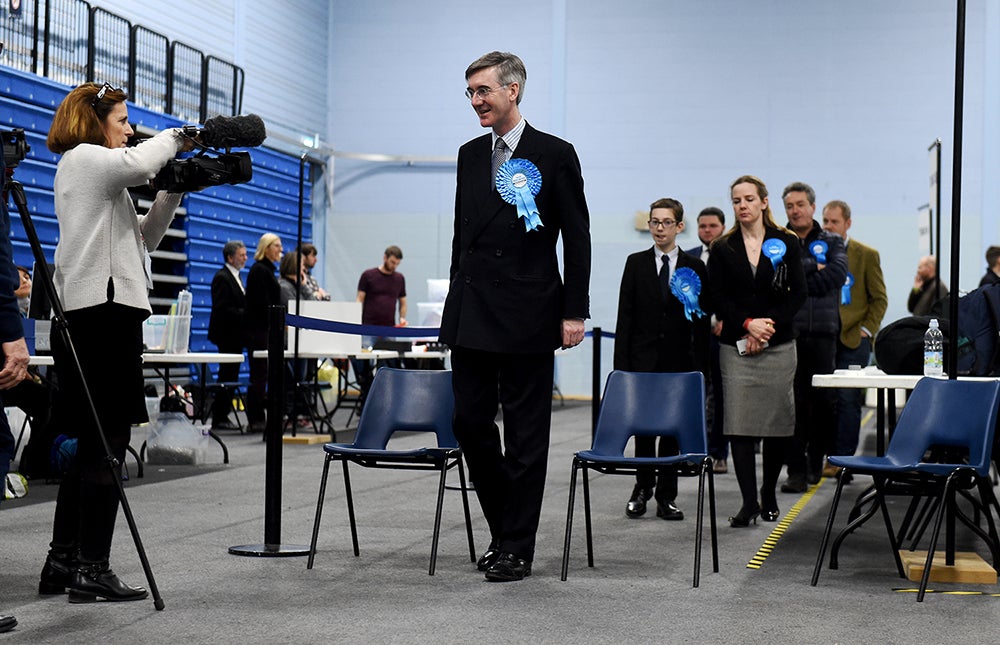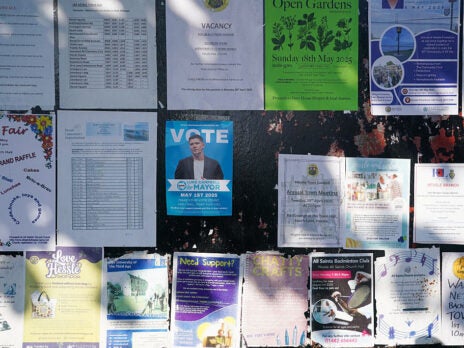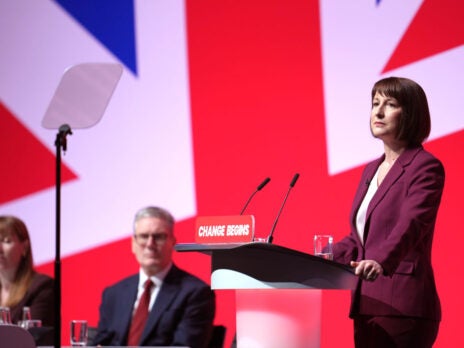
The Mid Bedfordshire by-election in October did not follow the traditional script. In rural seats where Labour has little presence the party machine often gives the Lib Dems a free run. But in the seat vacated by Nadine Dorries, Labour made what one organiser described to me as “a cheeky punt” and ended up overturning the largest numerical majority in by-election history (24,664).
Consequently, Mid Bedfordshire did not turn out the way I initially expected. In countryside constituencies the ceiling of potential support for Labour isn’t usually as high as it is for the Lib Dems – and this may still be the case in numerous seats.
The talk of who is best-placed to beat the Conservatives brings to mind Jacob Rees-Mogg’s seat of North East Somerset (or North East Somerset and Hanham as it will be known after the boundary changes to be implemented for the next election). The former Tory cabinet minister has represented the constituency since 2010; in 2005 the seat had been notionally Conservative but Labour only trailed by a few hundred votes.
The new seat, however, probably would have gone Labour by a few hundred votes in 2005. That’s based on my own notional ward calculations. Now these boundary changes make Rees-Mogg’s constituency more favourable territory for Labour. Geographically, North East Somerset and Hanham sheds the safe Tory area of Midsomer Norton and the Lib Dem-leaning Bathavon South, and gains local authority wards on the outskirts of Kingswood and Bristol where Labour, not the Lib Dems, is in second place.
Yet at the May local elections, when the wards which make up the new seat went to the polls to elect their local councillors, Labour finished a distant third. Overall, the Tories won with 33 per cent, with the Lib Dems just behind on 32 per cent and Labour on 20 per cent.
It should be noted that Labour stood in one less ward than the Lib Dems but that would only have shifted vote shares by a few points. Obviously turnout would have been higher at a general election but that does not change the fact that in Somerset, Labour hasn’t been as successful as it has been overall.
Now, using my notional results model, I’ve been able to backdate the figures to the 2005 election and map how every ward has probably voted since. My model accounts for demographic breakdown – how certain types of voters vote according to Ipsos and British Election Study data. It is split, too, by urban and rural and it accounts for relative party strength based on local election data taken over the past decade and a bit.
So that's a rundown of the methodology. But now let's map it against what happened in May.
Source: Britain Elects
One thing sticks out (and remember, in 2005, on those ward wins, Labour edges the Tories by a few hundred votes for the seat): Labour and the Lib Dems’ relative strengths appear unrelated to one another. The Lib Dems’ wins in May occurred in Tory areas, not Labour ones. Indeed, the only wards the Tories retained at the locals were the wards Labour won in 2005.
[Listen now: Have the Conservatives already lost the next election?]
What does this mean? In safe Tory wards where the Lib Dems were the clear challenger, Labour’s vote went Lib Dem. The average Labour share in those wards was less than 10 per cent. But in every other ward the Labour vote averaged 42 per cent.
North East Somerset in May was a case of voters looking to punish the Conservatives and rallying behind the best available vehicle. In countryside wards – in most wards – that vehicle ended up being the Lib Dems.
The Mid Bedfordshire by-election result came about in part from mere presence on the battlefield. Polling of the seat shared with me showed that when it came to the war of literature, more than half reported receiving Labour literature, with a similar number reporting the same from the Lib Dems.
That’s not par for the course in a rural by-election. In general, Labour’s lack of presence encourages a mass transfer of support to an alternative party of opposition - generally, the Lib Dems. On-the-ground presence matters in seats such as these: if you’re not seen, you're not being voted for. And in too many countryside constituencies this has been Labour’s failing – its activism has been concentrated elsewhere. This is understandable, of course, but in Somerset I'd be minded to think there is still some work for Labour to do.
The new boundaries favour the party more than the old. As late as 2005 this seat was voting Labour as the party amassed votes in areas that the Lib Dems are not winning in 2023. This is important. Labour doesn’t need to win those Lib Dem-leaning wards to beat Rees-Mogg. But it does need to have a presence in those wards that equates to more than 10 per cent of the vote – something, according to my notionals model, that was easily borne out in the disastrous 2019 election. In council elections, it is the wards that are the battlegrounds. Votes get squeezed, ward to ward. But in parliamentary elections, they get squeezed constituency to constituency.
Nevertheless, there is good reason for the Lib Dems to think they can build further momentum and win Rees-Mogg’s seat here. They can clean up in Tory areas and only need to squeeze Labour somewhat to score big. Their ceiling of support may well be higher than Labour’s. But there is good reason for Keir Starmer’s party to believe it can be competitive too. Labour has the historical track record here and I am told that, on the ground, the Lib Dems are focusing resources elsewhere and have made that clear to their Labour counterparts.
So perhaps Labour can do it, perhaps with the former MP for the predecessor constituency, Dan Norris, who has indicated a desire to stand. The question will be, does Labour have the activist resources it needs? Is it present enough in the minds of enough voters in this largely rural seat? The easiest part of an electoral battle is winning the support. The hardest is turning them out.
[See also: In 2024, Labour must offer hope]


